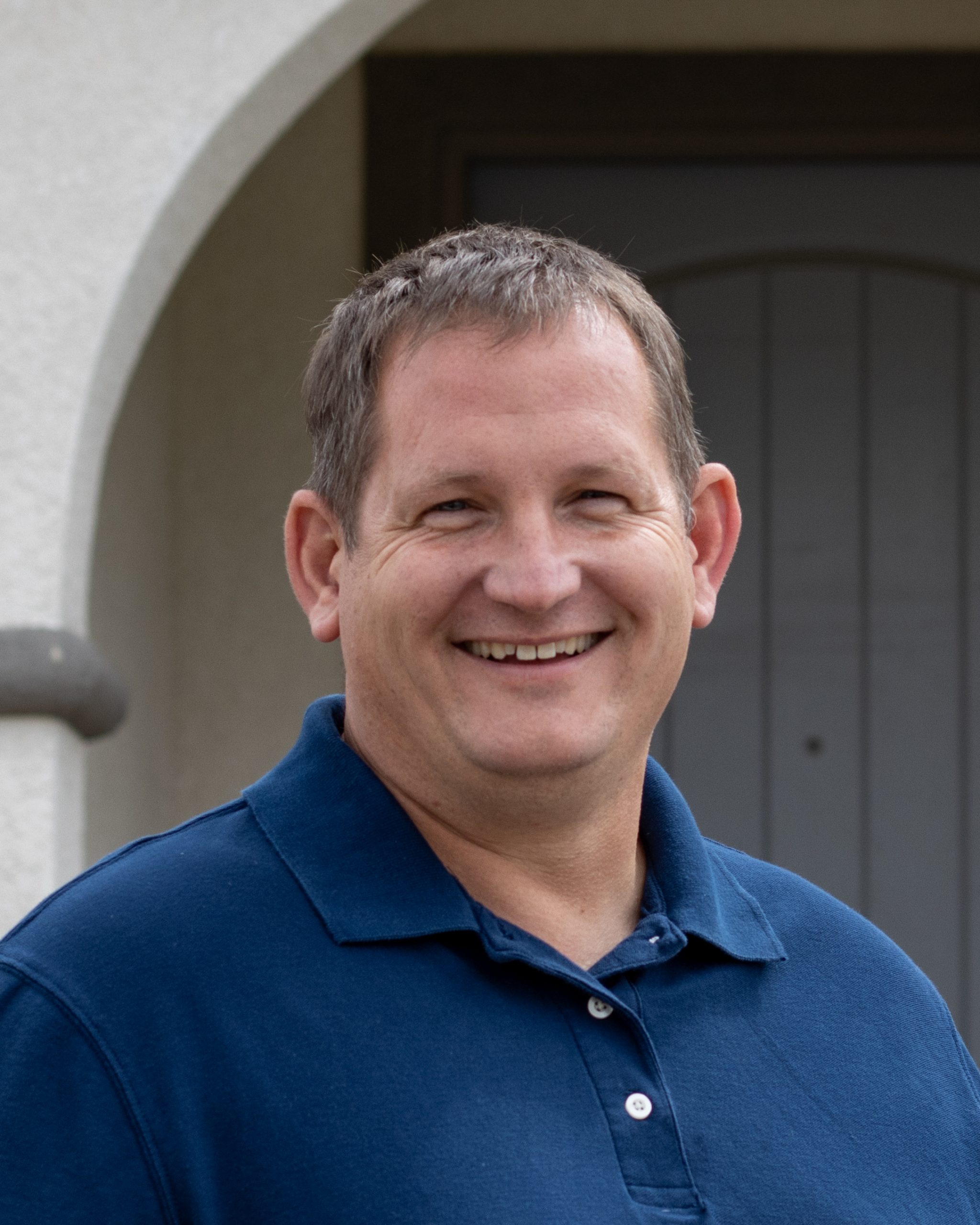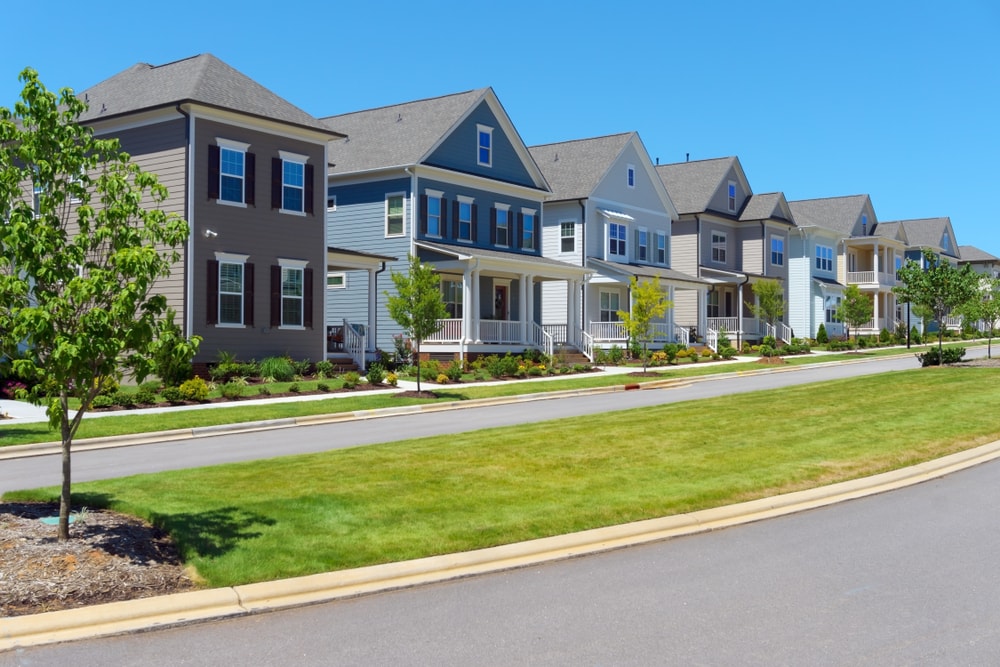A master-planned community is a large-scale residential neighborhood which incorporates a large number of recreational and commercial amenities. These amenities could include golf courses, tennis courts, lakes, community centers, parks, playgrounds, swimming pools, splash pad, barbecue areas, hiking trails, and even commercial pads for stores and restaurants. Depending on the size of the master-planned community, you may see schools, office parks, large shopping centers, and other businesses built into the plans.
Master-planned communities can range from a few hundred acres to several thousand acres, including both urban or suburban areas. Typically, residents prefer these communities because of the convenience a self-contained community offers. Usually, the amenities that only residents and their guests have access to use. Having these restrictions typically means less crowding and cleaner facilities.
The most significant difference between a master-planned community and a subdivision are the number of amenities built into the community plan. Depending on the project, it could be one sizeable and continuous development or section toff into distinctly different neighborhoods.
Occasionally, the community’s developer will permit multiple builders to construct different subdivisions within the community. Thus, bringing unique and various construction types to add some variety to the community. These varies builder may include changes such as housing styles, home sizes, prices, and lot sizes. Some plans include neighborhoods or entire communities restricted to adults over the age of 55 and retirees.
Where do you find master-planned communities?
Master-planned communities can be built just about anywhere, but they are incredibly popular in California. With such a sudden increase in the population created by these developments, cities need to think of how it will impact local water, sewer, traffic, schools, and other resources. Often times, cities will require outdoor parks, schools, firehouses, and other services to be planned into the community to cover the necessities of the expanding population, so there isn’t any additional burden placed on existing services.
Most of the master-planned communities you will find in southern California will have additional costs associated with living there: Mello-Roos tax and Homeowners Association (HOA) fees. The HOA fees go to pay for the amenities like pools, parks and other common areas. The Mello-Roos tax goes to pay for streets, water, sewage and drainage, electricity, infrastructure, schools, parks, and police protection for newly developing areas.
Currently there are several sites in Banning, Beaumont, Calimesa and Yucaipa with construction under way.


